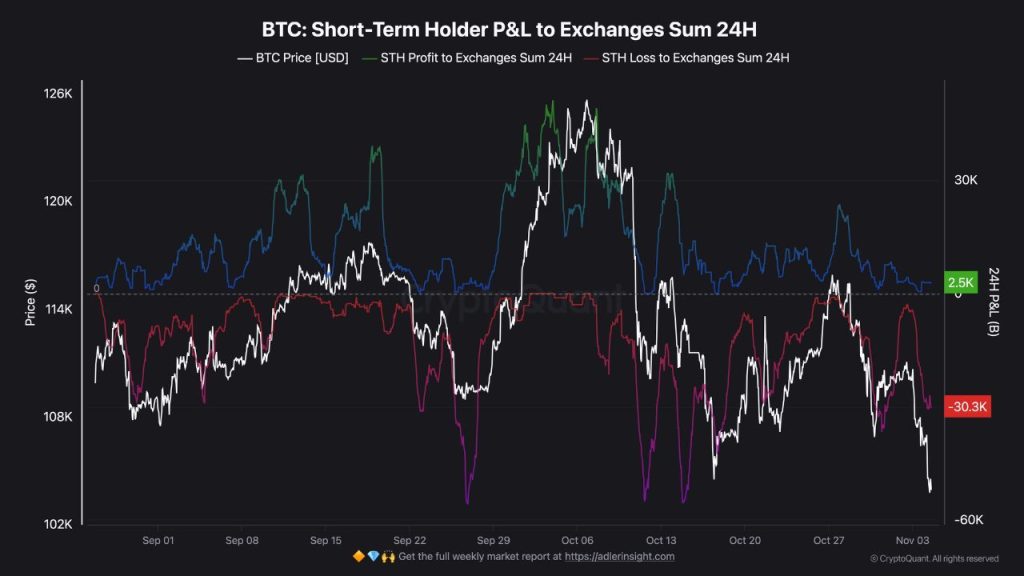Digital Asset Treasuries: A “Mass Exit Event” Driving Crypto Prices Down
Columbia Business School professor Omid Malekan has declared that digital asset treasuries have transformed into a “mass extraction and exit event” driving crypto prices down, contradicting earlier bullish predictions that corporate Bitcoin adoption would fuel sustained market growth. This stark assessment comes as Bitcoin slipped below $100,000 for the first time since June and entered bear market territory with a 20% decline from its October record high, wiping over $1 trillion from total crypto market capitalization.
Malekan criticized the wave of treasury launches as thinly veiled schemes designed to enrich insiders rather than create sustainable value. “If you met the people launching these, it was fairly obvious that they saw their DAT as a get rich quick scheme,” he wrote, pointing to jittery investor presentations glossing over crucial details and excessive use of empty buzzwords that telegraphed their true intentions. Any analysis of why crypto prices continue to fall needs to include DATs, because in aggregate they turned out to be a mass extraction and exit event – a reason for prices to go down.

Tokens Dumped, Investors Abandoned
The professor outlined how launching costs running into millions had to come from somewhere, with companies dumping supposedly locked tokens to cover SPAC fees, banking expenses, and undisclosed advisory agreements. He said BitMEX Research exposed many of these shady deals that were seldom disclosed in marketing materials. They are revealing conflicts of interest where treasury companies appointed founders or venture capitalists to boards, then channeled shareholder money to their own startups and portfolio companies.
Beyond direct extraction, treasuries provided unexpected liquidity for tokens that markets believed were securely locked. “Many alts had far greater circulating supply than we thought,” Malekan observed, noting that markets quickly discounted this unexpected supply increase while simultaneously adjusting expectations about what else these projects might do with supposedly restricted tokens or vaguely defined ecosystem funds. The damage extended beyond immediate selling pressure, eroding trust across the entire token market as investors questioned whether ecosystem funds would be misused as personal slush funds or to artificially prop up user metrics.
Market Divergence Shows Liquidity Misdirection
Adding fuel to the current market sentiment, Wintermute’s analysis revealed that crypto was underperforming dramatically despite supportive macroeconomic conditions, including rate cuts and the end of quantitative tightening. The GMCI-30 index plunged 12% last week, with gaming down 21%, Layer 2s falling 19%, and memes dropping 18%, despite global equities pushing near record highs. The sharp downturn was primarily driven by unprecedented leverage levels, particularly the $20 billion liquidation event on October 10, which left 300,000 traders liquidated daily on average.
Global liquidity continues to expand as central banks cut rates to stimulate growth, but incremental capital isn’t reaching crypto markets. Stablecoin supply has climbed 50% year-to-date, adding $100 billion, yet Bitcoin ETF inflows have stalled, with assets hovering around $150 billion since the summer, while digital asset treasury secondary volumes on exchanges like Nasdaq have collapsed entirely. “Of the three inflow engines that drove the first half of the year, only one is still working: stablecoins,” noted Wintermute strategist Jjay_dm, explaining how retail drifted toward equities, AI, and prediction markets as ETF novelty wore off.

CryptoQuant reported that short-term holders intensified loss-selling pressure, with roughly 30,300 Bitcoin being deposited while underwater. Despite Coinbase’s warnings that treasuries have “largely ghosted” the market since October 10, some firms continued to maintain aggressive purchasing. Just two days ago, Strategy also announced it purchased 397 BTC between October 27 and November 2 for a total of $45.6 million in cash. For more information, visit the original source: https://cryptonews.com/news/digital-asset-treasuries-turned-into-mass-exit-event-says-columbia-professor/

